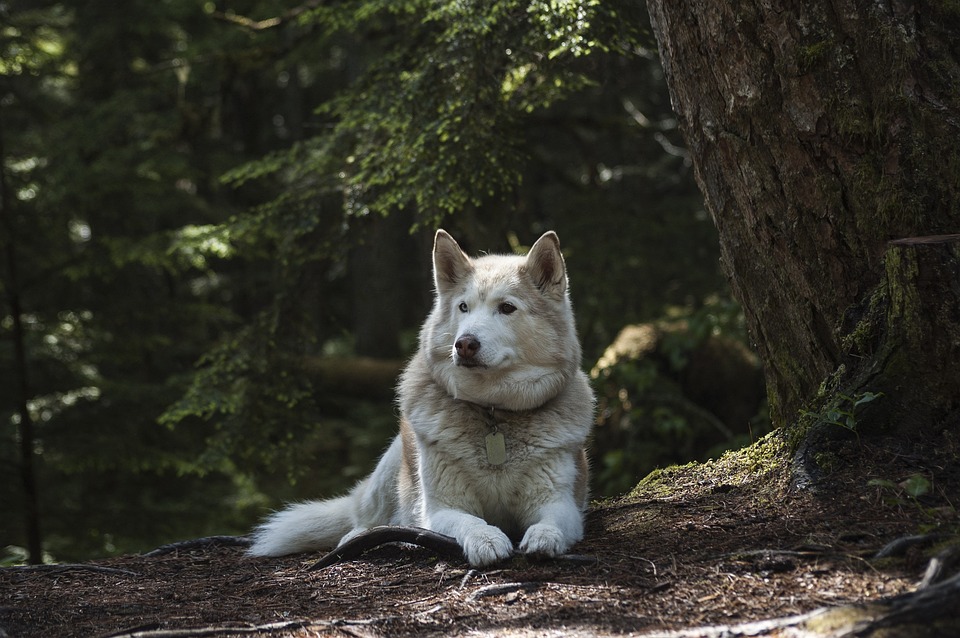Creating a calming environment for your anxious dog is essential for their well-being. Just like humans, dogs can experience anxiety, and it’s up to us as pet owners to provide them with a safe and tranquil space. In this article, we will explore various strategies and techniques to help you establish a peaceful haven for your furry friend.
Before we delve into the methods of creating a calming environment, it’s important to understand the basics of canine anxiety. Dogs can experience anxiety for numerous reasons, such as separation anxiety, loud noises, unfamiliar environments, or traumatic experiences. Recognizing the signs of anxiety in your dog, such as excessive barking, panting, trembling, or destructive behavior, is crucial in addressing their needs effectively.
Here are some strategies to create a calming environment for your anxious dog:
1. Designate a Safe Space for Your Dog: Dogs often seek out their own safe spaces, such as under furniture or in secluded corners. By providing a designated area, such as a cozy crate or a comfortable bed, you can offer your dog a secure retreat where they can relax and feel protected.
2. Establish a Consistent Routine: Dogs thrive on routine and structure. Maintaining a consistent daily schedule for meals, walks, playtime, and rest can help reduce anxiety. Predictability brings comfort to your furry friend, making them feel more at ease in their environment.
3. Utilize Soothing Music and Sounds: Music has a profound impact on our emotions, and the same applies to dogs. Playing calming music or ambient sounds specifically designed for dogs can help drown out external noises and create a serene atmosphere. Experiment with different genres and observe which melodies have a soothing effect on your anxious pup.
4. Introduce Aromatherapy: Certain scents, such as lavender or chamomile, have calming properties that can help alleviate anxiety in dogs. Consider using essential oil diffusers or sprays in your dog’s environment, ensuring that the scents are dog-safe and properly diluted. Always monitor your dog’s reaction to new scents and discontinue use if any adverse effects occur.
5. Provide Engaging Mental Stimulation: Mental stimulation plays a vital role in reducing anxiety and boredom in dogs. Puzzle toys, treat-dispensing toys, and interactive games can keep your dog’s mind occupied and redirect their focus from anxiety-inducing triggers.
6. Create a Zen-Like Atmosphere: A cluttered and chaotic environment can contribute to your dog’s anxiety. Keep your home tidy and organized, minimizing excessive visual stimuli. Soft lighting, comfortable bedding, and a serene color palette can also contribute to a calming atmosphere.
Now, let’s address some frequently asked questions about creating a calming environment for anxious dogs:
Q: Can anxiety in dogs be cured completely?
A: While complete eradication of anxiety may not always be possible, it can be managed effectively through various techniques, including creating a calming environment, behavior modification, and, in some cases, professional assistance.
Q: Is medication the only solution for an anxious dog?
A: No, medication should be considered as a last resort and under the guidance of a veterinarian. Creating a calming environment, behavior training, and natural remedies can often alleviate anxiety without the need for medication.
Q: Can I use any essential oils for aromatherapy?
A: Not all essential oils are safe for dogs. Some can be toxic or cause adverse reactions. Consult with a veterinarian who has expertise in essential oil use for dogs to ensure the oils you choose are dog-safe and properly diluted.
Q: How long does it take for a dog to adjust to a calming environment?
A: The time it takes for a dog to adjust to a calming environment varies depending on the dog’s individual temperament and the severity of their anxiety. Some dogs may adapt quickly, while others may require more time and patience. Consistency and positive reinforcement are key.
Q: Can I create a calming environment for my dog while I’m away?
A: Absolutely! By incorporating elements like a designated safe space, ambient music, and soothing scents, you can help your dog feel more secure and relaxed even when you’re not present. Consider using automated devices, such as timed treat dispensers or music players, to maintain a calming environment in your absence.
By implementing these strategies and creating a calming environment for your anxious dog, you can significantly improve their overall well-being. Remember, every dog is unique, so be patient, observe their responses, and tailor your approach to suit their individual needs. Together, you can help your furry companion find peace and serenity in their surroundings.









